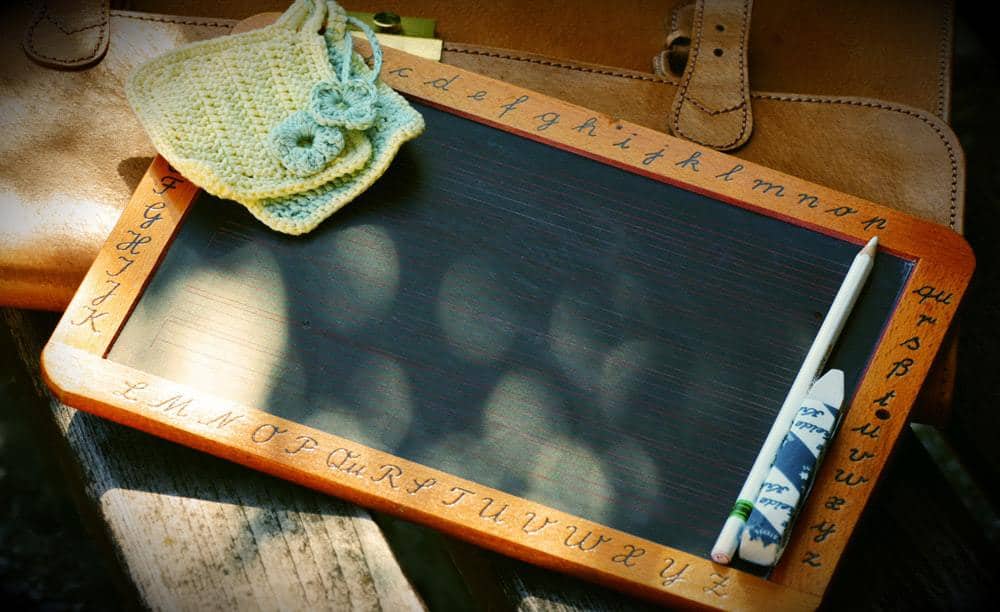Waldorf schooling for your child emphasizes the role of the imagination in learning, developing thinking that includes a creative as well as an analytic component. Studies of the education describe its overarching goal as providing young people the basis on which to develop into free, moral and integrated individuals, and to help every child fulfill his or her unique destiny (the existence of which anthroposophy posits). Schools and teachers are given considerable freedom to define curricula within collegial structures.
What is a Waldorf School
The first Waldorf school was founded in 1919; there are now about 1000 independent Waldorf schools and 1400 independent Waldorf kindergartens located in approximately sixty countries throughout the world, making up one of the world’s largest independent educational systems; there are also Waldorf-based public and charter schools, homeschooling environments, and schools for special education. Waldorf methods have also been adopted by numerous educators teaching in other state and private schools.
The early childhood teacher in a Waldorf school works with the young child first by creating a warm, beautiful and loving home-like environment, which is protective and secure and where things happen in a predictable, regular manner. Here she responds to the developing child in two basic ways.
Waldorf Methods
Firstly, the teacher engages in domestic, practical and artistic activities that the children can readily imitate (for example, baking, painting, gardening and handicrafts), adapting the work to the changing seasons and festivals of the year.
Secondly, the teacher nurtures the children’s power of imagination particular to the age. She does so by telling carefully selected stories and by encouraging free play. This free or fantasy play, in which children act out scenarios of their own creation, helps them to experience many aspects of life more deeply. When toys are used, they are made of natural materials. Pine cones, wood, cotton, silk, shells, stones and other objects from nature that the children themselves have collected are used in play and to beautify the room.
Sequencing, sensory integration, eye-hand coordination tracking, appreciating the beauty of language and other basic skills necessary for the foundation of academic excellence are fostered in the Kindergarten. In this truly natural, loving and creative environment, the children are given a range of activities and the structure that help them prepare for the next phase of school life.
See also our article on the Montessori Method of Schooling.




[…] See also our article on Waldorf Schooling. […]
[…] other approaches on schooling, check our Waldorf and Montessori […]
[…] See also our article on Waldorf Schooling. […]
[…] other approaches on schooling, check our Waldorf and Montessori […]